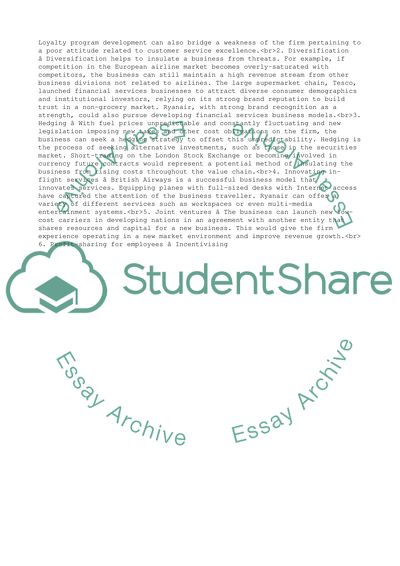Cite this document
(The Strategic Manager: RYANAIR Case Study Example | Topics and Well Written Essays - 2000 words, n.d.)
The Strategic Manager: RYANAIR Case Study Example | Topics and Well Written Essays - 2000 words. https://studentshare.org/management/1863026-the-strategic-manager-ryanair
The Strategic Manager: RYANAIR Case Study Example | Topics and Well Written Essays - 2000 words. https://studentshare.org/management/1863026-the-strategic-manager-ryanair
(The Strategic Manager: RYANAIR Case Study Example | Topics and Well Written Essays - 2000 Words)
The Strategic Manager: RYANAIR Case Study Example | Topics and Well Written Essays - 2000 Words. https://studentshare.org/management/1863026-the-strategic-manager-ryanair.
The Strategic Manager: RYANAIR Case Study Example | Topics and Well Written Essays - 2000 Words. https://studentshare.org/management/1863026-the-strategic-manager-ryanair.
“The Strategic Manager: RYANAIR Case Study Example | Topics and Well Written Essays - 2000 Words”. https://studentshare.org/management/1863026-the-strategic-manager-ryanair.


